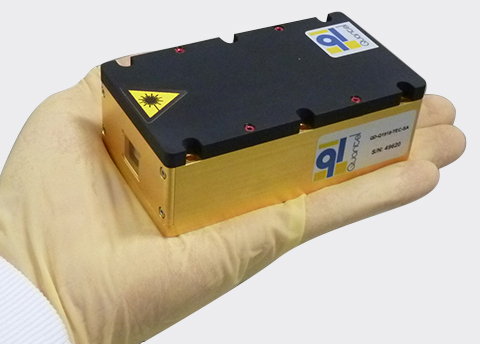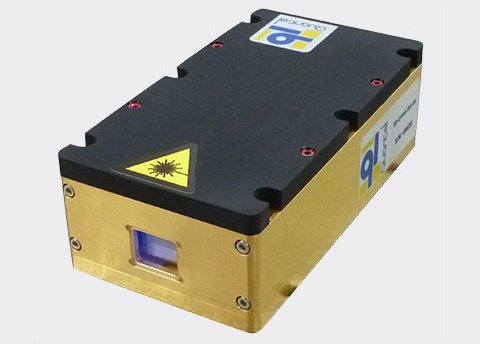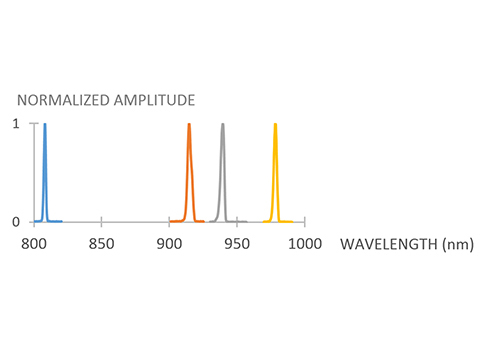Description
Up to 8 mJ with 4 wavelengths – 6 kHz
That illuminator can generate pulses from 80 to 130 ns from up to four independent diodes. Each diode can emit at a given wavelength, 1 to 2 mJ depending on the pulse width. That leads to an overall emission of maximum 8 mJ. It can support a pulse repetition rate of up to 6 kHz (higher frequencies, up to 10 kHz, can be used in burst mode of 20 pulses). A maximum average optical power of 24 W can be generated if used in combination with a suitable cooling system.
That upmarket illuminator integrates up to 4 diodes and a driver board whose combination allows generation of nanosecond pulses. Laser diode design and manufacturing benefit from the sound know-how of Quantel’s Diode Department in hard solder technology already developed for QCW laser diodes to ensure efficiency and reliability. With its proprietary technology for nanosecond pulsed laser diode illuminators, Quantel offers unique laser sources that are compact, low-cost and highly efficient. While high output average power (typically higher than 2 W) will require a suitable cooling system, low output average powers make these laser diode sources ideal for integration into portable and even hand held devices. Typical applications are photoacoustics, NIR spectroscopy, ultrasound generation, 3D flash LIDAR or time of flight measurements.





